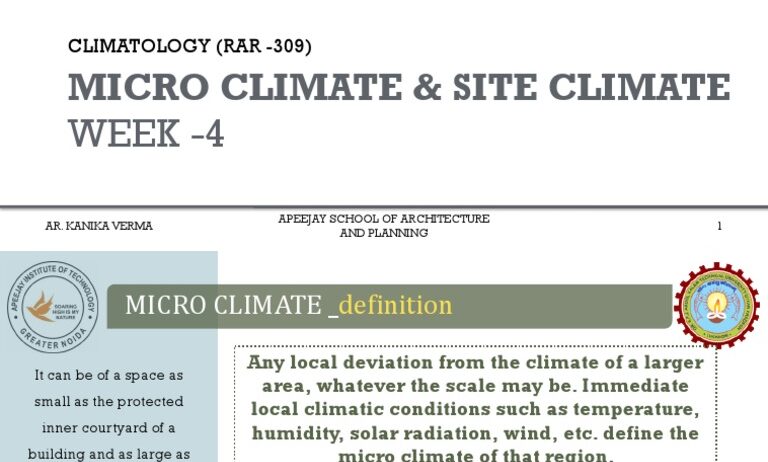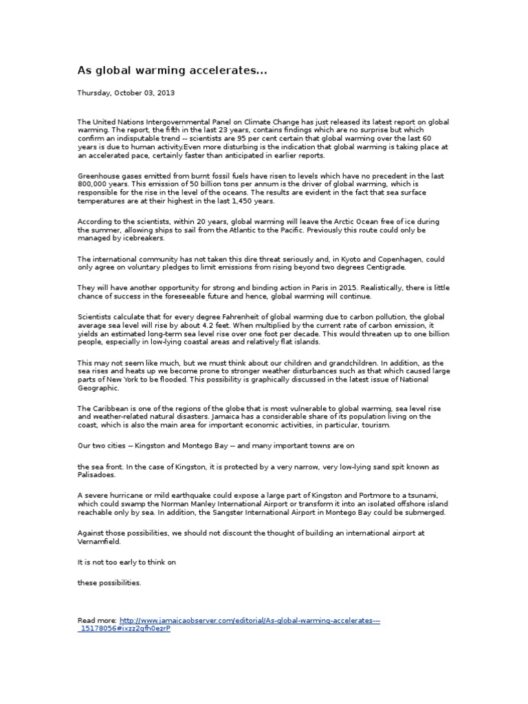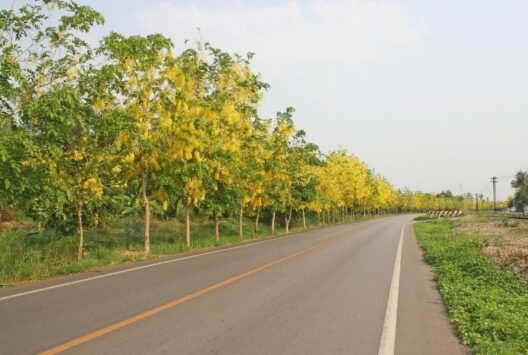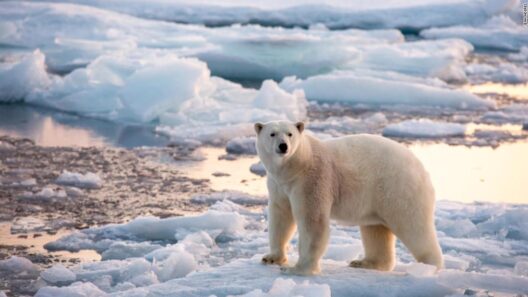Microclimates represent areas where environmental conditions differ from the surrounding climate, often influenced by a myriad of factors such as geographic features, urbanization, and vegetation. These localized weather variations can exist within a span as small as a few square feet, creating distinctive atmospheric pockets that can significantly affect local ecosystems, agriculture, and even human comfort levels. Understanding microclimates is pivotal, especially as global climate change presents new challenges to biodiversity and weather patterns.
At the core of microclimates is the interplay between topography and weather dynamics. Elevation plays a crucial role; mountainous regions can have stark differences in temperature and precipitation between their base and peak. In valleys or low-lying areas, cooler air can become trapped, leading to more pronounced chill than in adjacent hillsides. Conversely, urban areas, often termed “heat islands,” may experience elevated temperatures due to concrete surfaces absorbing and retaining heat more effectively than natural landscapes. This phenomenon illustrates the impact of man-made environments on local climate.
The vegetative cover within a microclimate drastically influences its climatic characteristics as well. Dense tree canopies, for instance, can create shaded areas that remain cooler and more humid than nearby sunlit regions. Not just temperature, but other meteorological variables such as soil moisture and wind patterns are impacted. A garden surrounded by high walls may shelter it from prevailing winds, creating a still, warm pocket that can dramatically alter which plants thrive. Furthermore, urban gardening initiatives capitalize on these aspects by utilizing vertical gardening techniques to foster biodiversity even in constrained environments.
Consider the seasonal variations in microclimates. The onset of spring may arrive sooner in south-facing slopes compared to their north-facing counterparts due to increased sunlight exposure. This phenomenon introduces an idea vital to agriculture: the strategic placement of crops based on specific microclimate conditions can significantly enhance yields. Farmers often utilize knowledge of local microclimates to select appropriate crops, which can optimize growth cycles and harvests, leading to sustainable farming practices that ensure food security.
In the realm of urban development, an awareness of microclimates serves as a catalyst for policy and design decisions. Urban planners who incorporate green spaces can mitigate the adverse effects of urban heat islands. These green spaces not only cool the air but enhance biodiversity, supporting pollinators and a plethora of other species. Furthermore, incorporating reflective surfaces in architecture can help manage heat absorption, demonstrating a conscious effort to promote sustainability.
Looking at the broader issue of climate change, microclimates can either exacerbate or alleviate some impacts. On one hand, a small pocket of natural vegetation amidst urban sprawl can assist in carbon sequestration. On the flip side, misleading microclimate conditions may mislead agricultural practices, causing crop failures if adaptations are not made in response to shifts in local weather patterns. It prompts the question: how can understanding microclimates enable better adaptive strategies in the face of inevitable climate changes?
The phenomenon of microclimates is also observable in human habitats, particularly in residential areas. Factors such as landscaping choices, building orientations, and materials used can substantially affect comfort levels. Homes with excessive exposure to sunlight may require more air conditioning, while shaded homes might offer cooler and more pleasant interiors. Hence, designing dwellings with an acute awareness of microclimates can lead to energy-efficient solutions that translate into lower energy consumption and reduced carbon footprints.
Given the significance of microclimates, monitoring and studying them becomes imperative. Scientific endeavors could begin to explore how local ecosystems function within their unique atmospheric realms. By employing tools such as remote sensing, enthusiasts and researchers can analyze climate variations at finer scales. For the average person, simple observations of local weather patterns can lead to greater awareness and appreciation of these complex systems.
Implementing community-based initiatives can further enhance public understanding about microclimates. Workshops educating citizens on creating microhabitats in their gardens or urban settings can deepen the connection individuals have with their local environments. Engaging with nature fosters a sense of stewardship, empowering individuals to contribute positively to their immediate surroundings.
Moreover, exploring microclimates opens a dialogue about broader environmental issues. For instance, discussions centered around habitat fragmentation—a critical consequence of urbanization—can invoke awareness about the urgent need for conservation. The interplay between microclimates and biodiversity underlines the necessity to preserve natural areas from pervasive development and pollution. The gradual encroachment of urbanization threatens not only local climates but also the myriad species that rely on these environments for survival.
In summary, microclimates wield a profound influence on the weather variations within smaller spaces. They shape local ecosystems, affect agricultural practices, and can lead to varying comfort levels for inhabitants. Emphasizing the significance of these localized climatic phenomena not only piques curiosity but also underscores a collective responsibility toward understanding and preserving our environment. By fostering knowledge rooted in the intricate dynamics of microclimates, individuals are empowered to adapt to ongoing changes, advocate for sustainable practices, and promote biodiversity. The climate may be changing globally, but it is in our microenvironments where we can cultivate resilience and hope.








